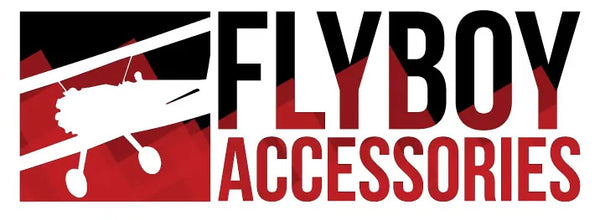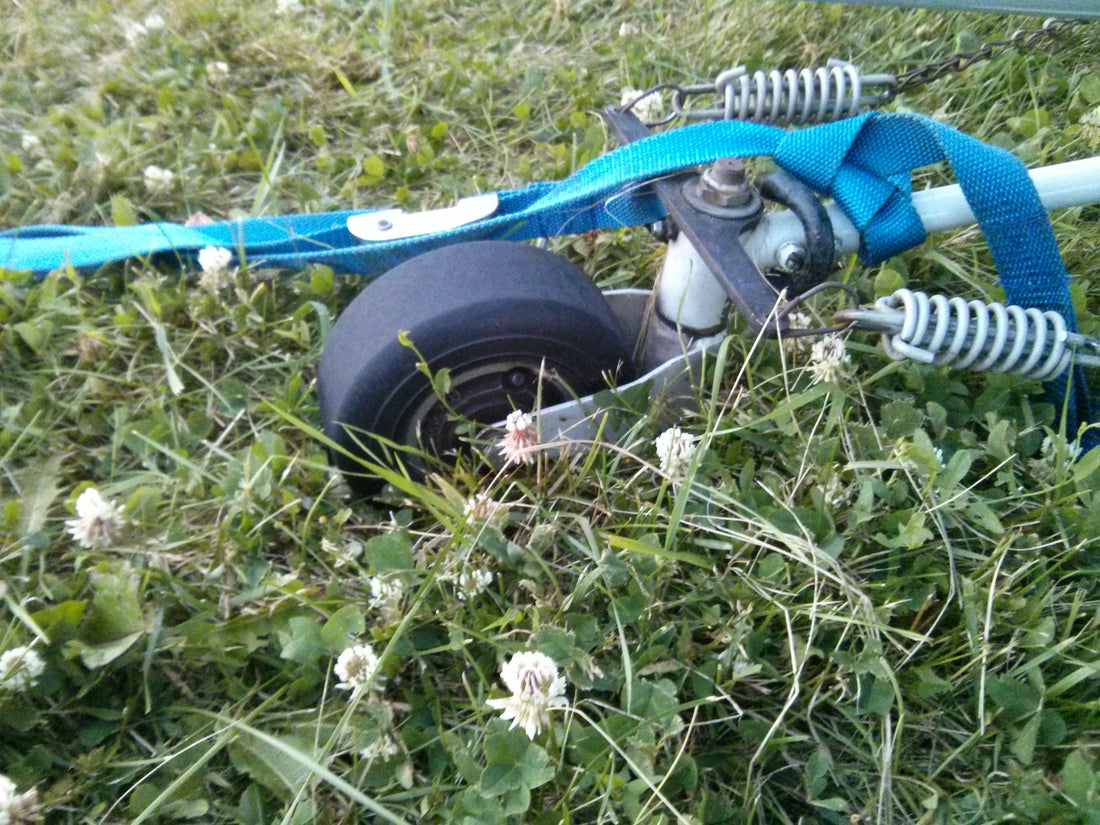When we started manufacturing the Screaming Eagle tailwheel fork in 2007, there was really one main problem that we had set out to solve: the front of the RV tailwheel fork is too low. Expansion joints, clumps of grass, tarmac edges and other obstacles present a risk of catching the tailwheel fork and causing damage.
All models of our tailwheel forks will lend you the same advantages over the stock unit:
Improved Obstacle Clearance
We’ve raised the front of the fork to the point that anything the tire will roll over, the fork will clear as well, so that's three inches of obstacle clearance on a six-inch diameter tire.
Easier Steering
Since the spindle of the tailwheel fork is no longer sitting out in front of the wheel, we can move the axle forward, closer to the pivot point, which lessens the force required on the pedals to steering the airplane. Particularly if you are flying a tandem aircraft or have aft-CG, this will feel like you've upgraded to power steering for your RV.
Better visibility
Finally, the upgraded forks sit a little taller, raising the tail by over an inch from the stock fork. This gives you a little better visibility over the nose of the airplane without significantly affecting the airplanes AOA on takeoff and landing.
But which is best?
For the most part, our Doug Bell and Screaming Eagle forks are functionally equivalent, and these would be the forks I would recommend to anyone looking to upgrade the tailwheel on your RV. If you're looking to cut down on noise coming from the tailwheel assembly, have a look at our Condor2 unit with a larger, pneumatic tire. Finally, we have a smaller offering in the Racer Mini fork that features a 4" tire appropriate for smaller aircraft and some racing applications. For more on the ins and outs of each option, see our article here.

